Founders Series - OneFishTwoFish
For this Founders Series, we are excited to interview the founder of OneFishTwoFish, Dr. Chris Gillies!
OneFishTwoFish is part of Seafood Positive, an initiative to restore ocean habitat and fish stocks. It effectively builds a circular economy model for fisheries through a subscription-based model. All subscribers contribute funding to conservation projects that restore crucial habitats for our biodiversity. In response to these projects, fish stocks are healthier, and populations will increase, resulting in a more sustainable fishing market.
During this segment, we discuss how to get involved in OneFishTwoFish and what we can do to better conserve and protect our marine systems.
1.Tell us a bit about your marine biologist and conservation background and what led you to start-up OneFishTwoFish.
I did my undergrad in environmental science and focused a lot on invertebrate ecology, particularly freshwater invertebrate ecology. I worked for the government and some consultants for a little while. Then, I did a PhD in marine science at the Australia Antarctic Division and studied invertebrate and food web ecology.
So, the theme of my science background is very much focused on food web interactions. How systems interact is still with me today and plays out in many different forms, not just the science but how I operate businesses, how I pull together partnerships and programs, etc. It’s really about taking that landscape-scale approach. I’ve been lucky enough to work in the field, publish some papers, and do some really cool science. Now I'm moving onto the more impact side of things through Seafood Positive and the OneFishTwoFish program.
2.What are the programs at OneFishTwoFish and how can people get involved?
OneFishTwoFish is all about bringing that circular economy approach to seafood, which bizarrely has not been applied before or thought of much.
People can get involved in a couple of different ways. If they’re a restaurant owner or a chef, they can sign their restaurant up to become partners in OneFishTwoFish. If you are an investor or interested in this space, they can certainly think about partnering with us to extend our reach. And, if you aren’t either of those things, but you’re passionate about sustainable seafood, you can sign up for OneFishTwoFish and offset your own personal seafood footprint.
3.What are the goals for OneFishTwoFish for the next few years?
Our goal is to return over a million fish back to the ocean through the program. And over the next two years, sign up about fifty or sixty restaurants as part of that process. To us, that's the minimal viable product to demonstrate that people care about the circular nature of seafood. And by providing a very small fee, they're able to feel good about the environment and are able to find a way to pay for the recovery of marine ecosystems.
We would also love to do more chef education and restaurant education. What we've found is chefs and restaurant staff are super passionate about ocean sustainability. They have very few outlets and there's a lot of misinformation. We took some chefs on a seafood sustainability tour around Melbourne and actually took them to an aquaculture facility and spoke to The Nature Conservancy.
They got to learn firsthand how these systems work and spoke to commercial fishers to learn how the industry works. It's just really smart for chefs to know in the kitchen how these systems work and who would be best to purchase seafood from. I think we need a lot more engagement for this super passionate and energetic audience who haven't had an outlet to engage in it before. A lot of chefs are leaders with over 10,000 instagram followers so we can also really tap into a larger community.
4.With your experience (over 50 academic papers and leadership roles in The Nature Conservancy and Earthwatch Institute), what would you say are the biggest changes we could make in our day-to-day life to better protect and conserve our oceans?
Well, acting is important. So, in terms of our oceans, that's thinking carefully about seafood and what you eat. I think it's important to acknowledge that we should be eating seafood, and often, one of the best things we can do is eat more seafood to take pressure off the beef industry, for instance. So it's about finding that balance there.
Also, think about things like where we wash our cars and what goes down the drain. Really think about microplastics and all the other things that impact the ocean that we can make a difference in. Individuals are largely the ones driving these actions so for me, it's about caring and making those changes.
6. What would you say needs to be a priority from a governmental and corporate level to better protect and conserve our oceans?
Coordination is a big one for the government. From the experience of actually trying to implement positive recovery, it is very difficult. Without going into too much detail, we have done a good job at preventing groups from destroying coastal ecosystems now with all the legislation.
You actually can’t do a lot and have to demonstrate how you are not having much of an impact on that environment. The perverse outcome of that approach means it is actually really hard to do restoration work and difficult to add a positive intervention as you have to work through a series of governmental agencies and administrative processes. It's quite prohibitive. So, I think coordination and thinking about future policy needs to be a priority.
For corporate groups, just get involved! Whether that’s financially getting involved, or whether it's getting the staff involved through volunteering programs like Earthwatch, OzFish Unlimited or others. Don’t be a spectator!
